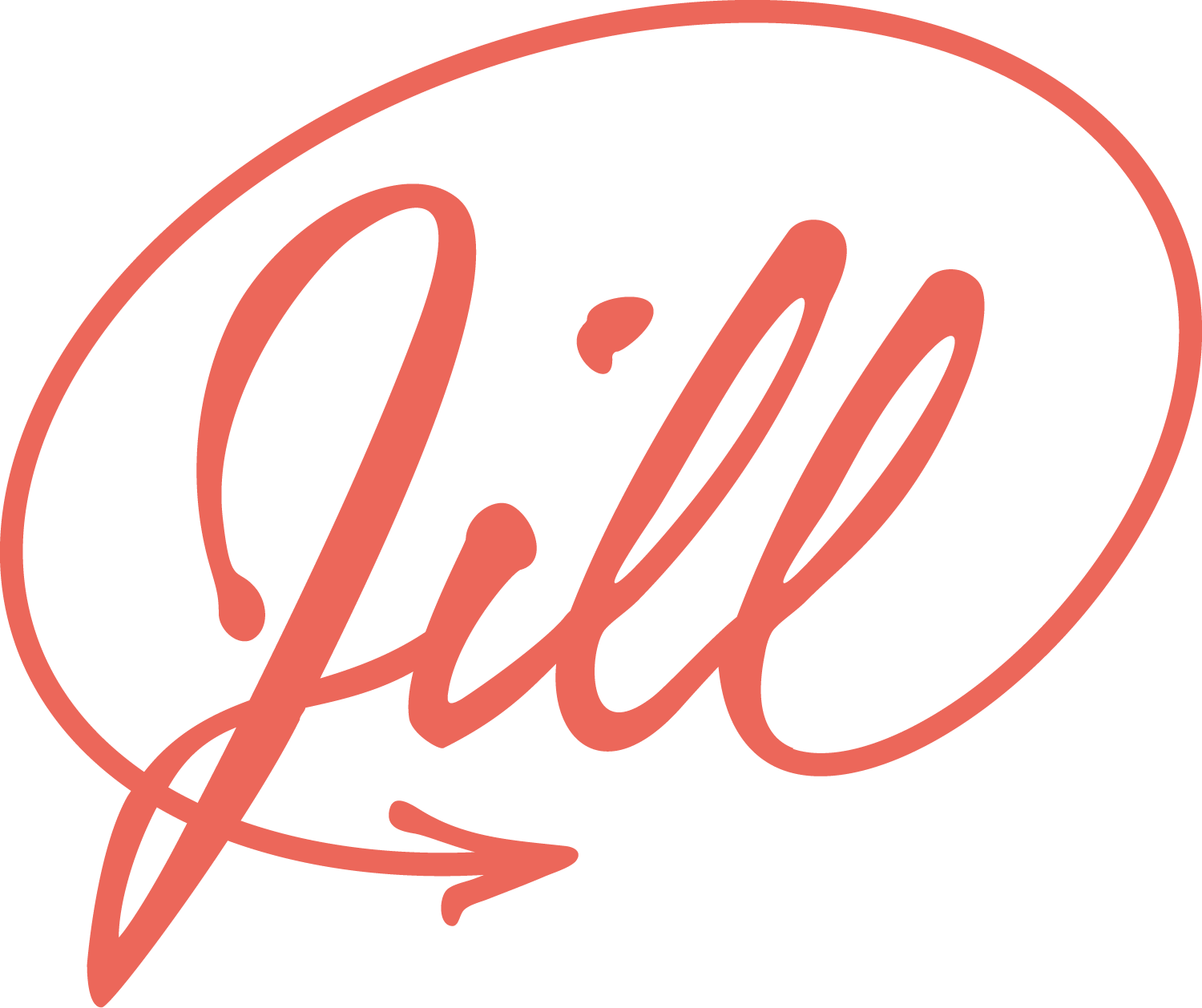
Trust Tools for Tough Times
Trust. It’s in short supply these days and for good reason.
Pick up any newspaper, read an online chat board, or tune in to any news show and you’re likely to hear about an organization or person who has violated the trust placed in them. The result? Many prospects and customers are skeptical and scared. And companies need to show them in both word and deed that “we always act in the customer’s interest.” No doubt, there is no customer relationship management technology that can deliver that message. Only a customer-centric, trust-building culture can.
Online archives are filled with advice on the requirements for making companies more customer centric: changing organizational structure, rethinking staff accountabilities, revising metrics, etc. Experience has shown, however, that thinking tactically about customer trust building — early on — can also help firms become more trust-focused, especially during these tough economic times.
In my customer loyalty work, I have coined a customer relationship model that centers around key customer development stages: suspect, prospect, first time customer, repeat customer, client, advocate, and lost customer. The same model can be used in identifying specific ways to build, sustain and, when necessary, regain customer trust. Consider these examples.
Turning qualified prospects into first-time customers
In writing the second edition of my book, Customer Loyalty: How To Earn It, How To Keep It, I interviewed Ann Machado, CEO, Miami (FL)-based Creative Staffing, a $13 million temporary services firm. Sixteen years of business development has taught Ann that team selling is an effective way to build prospect trust. For example, when a big sale is on the line, a six member sales team — Ann, the Chief Financial Officer, the sales director, the sales rep, the operations manager and the staff person who will service the account — mobilize to make the call. Ann finds this “show and tell” about each person’s role helps to quickly build credibility and trust. Prospects appreciate having access to all the players and knowing who will carry out the service.
But Ann has found team selling also reduces overall selling time and cost. Before adopting team selling, it took Creative Staffing on average three months to close a major deal. Now, such deals can be closed in four weeks or less because the team gathers more and better information — faster, using a divide and conquer approach. While the CFO is exploring workers comp and payment planning issues, the operations manager is tackling worker training requirements. Such due diligence has allowed Ann and her team to make winning proposals to prospective clients earning sizeable contracts worth $2 to $5 million. And when high value accounts come under heavy attack by competitors, the firm uses this same team approach – successfully.
Turning first time customers into repeat customers and repeat customers into clients
“You cannot shake hands with a clenched fist.” (Golda Meir)
One of the secrets to unlocking the “clenched fist” and nurturing a sense of deepening trust and rapport with customers is the ability to listen. Listening is key to building customer trust for three key reasons: (1) Customers are much more inclined to trust a person who shows respect for them and for what they say, (2) Customers are much more likely to trust a person when he has listened carefully and helpfully to their problems, and (3) The more customers trust you, the more they will share.
A critical part of good listening is learning to ask the right questions. Recently my work required me to make three separate trips over an eight-week period to the Orlando (FL) area. I stayed at the nearby Renaissance Hotel and each time I checked out of the hotel, a front desk person asked me a simple, but insightful, question, “What’s one thing we could have done better to improve your stay?” I was struck by the wisdom of their technique. The hotel respected the face time with a departing guest and wanted to use the interaction to gather information to work smarter at delivering value. What an intelligent departure from the normal, ineffective “Was everything okay?” front desk query!
Asking the right questions, capturing customer feedback, turning data into insight, and in turn, using this learning to improve team performance is how companies nurture customer trust and win deeper loyalty. In addition to opened-queries like that of the Renaissance Hotel, doing periodic surveying of customers using ratings questions can be very useful in monitoring customer needs and uncovering unexpressed complaints. Critical quantitative-based questions include:
How would you rate our overall performance on a scale from 1 to 5, with 1 being poor and 5 being excellent?
How likely are you to buy from us again in the future, on a scale from 1 to 5, with 1 being not at all likely and 5 being very likely?
How likely are to recommend us on a scale from 1 to 5, with 1 being not at all likely and 5 being very likely?
And don’t stop with the ratings. Some of the best learning can come from a follow-up question such as, “What needed to happen in order to rate us a 5?” That’s often where the unexpressed complaints, needs and wants are uncovered. Such information can be rich in trust building intelligence.
But don’t ask for feedback unless you are dead serious about turning the insight into action. Customers will keep sharing as long as they see results. No results? They’ll quit talking and start walking. Some of the best trust building marketing any company can do is to send clients a “You talked. We listened.” report on service improvements built around their feedback.
Turning clients into advocates
Random House defines trust as “unquestioning belief in the integrity, strength or ability of a person or thing.” That can be a high and sometimes painful standard to meet. I learned this firsthand in the early stages of building my consulting business.
Like most new companies, my initial cash flow was tight and each new project was critical for survival. During this time I conducted a one-day marketing and selling seminar for a beauty products wholesaler who requested four key areas be covered in the training.
Back in my office, I called the decision maker to debrief on the day. He said he was quite pleased overall, but when I really pressed him, I discovered “some disappointment” with one of the four modules. Probing further, I determined that he had expected me to spend more time with attendees on role playing exercises in a particular module. I thanked him for his feedback, apologized for the disappointment, and concluded the call. I can still remember sitting at my desk, feeling blue, and thinking that I was square in the middle of what Jan Carlzon, the then CEO of Scandinavian Airlines, referred to as a “moment of truth.”
Ever mindful of my lower-than-I-wanted-it-to-be bank account balance and the stack of unpaid bills on my desk, I reluctantly reached for my calculator, figured out what 25% of the fee represented, and, with a knot in my stomach, wrote him a check. I mailed it with a note that said something about walking my own talk. I never heard a word from him (but I sure did notice in my next bank statement that the check had cleared!). About a year later, I landed a major speaking engagement in his industry (and additional business from his parent company), thanks in large part to a glowing recommendation from this guy. What did I learn? Put yourself in your client’s shoes and do the right thing. What goes around comes around.
Winning back lost customers
The average company loses 20 to 40% of its customers every year. “Stuff happens” as the saying goes and customers stray for a variety of reasons: unhappiness with product delivery or service, improper handling of a complaint, disapproval of a change in price or policy, just plain feeling taken for granted, or the company’s product or service no longer center on the customer’s radar screen. Any of these reasons can cause trust to weaken and customers to take a hike when the company’s performance or presence does not meet their expectations.
Customer defection can be even more prevalent in these uncertain times. Why? Because this roller coaster economy can make customers even more nervous and less tolerant of a vendor’s occasional lapse in performance and, in turn, more likely to pull the “you’re out” trigger. These circumstances make it imperative that firms develop and employ effective protocols for regaining trust and winning back lost customers.
Assuming the firm has done the analysis to ensure the lost customer is worthy of winback (not all are), the seven key steps to regaining trust and winning back a lost account are:
Ask the question “What can we do to win back your business?”
Listen closely to what the customer tells you.
Meet the customer’s requirements; communicate the changes you have made. Ask again for the customer’s business.
Be patient with the customer. Be open. Remember, some wounds heal slowly.
Stay in touch with the lost customer.
Make it easy for customers to come back to you. Avoid the “I told you so” stance.
When the customer does return, earn his or her business every day.
Form a Trust Team—Now!
Ready to get serious about building customer trust? Form a cross-functional team(s) of employees and, together, map out the customer development stages as they apply to your firm’s products/services and identify trust builders and trust breakers inherent at each customer stage.
Brainstorm these questions:
Where are your best trust-building opportunities?
How can you capitalize on them?
What are your biggest threats to losing trust?
What safeguards can be implanted to protect against this potential loss?
And for lost customers, what specific actions can immediately be taken to start the process of rebuilding trust?
Repeat the same exercise, but this time focus on building staff trust. Why? Because you can’t expect employees to build customer trust when they, themselves, don’t trust the company.
These steps will likely uncover a surprising truth: a host of trust building opportunities already exist in your company and are simply waiting to be tapped. Capture the best ideas and create a company-wide implementation plan for senior management review and buy-in. It’s time well spent. Trust me.
_________________
Jill Griffin’s clients call her The Loyalty Maker® for good reason. Since 1988, she has led Austin-based Griffin Group, helping firms world-wide build fiercely loyal customers. Clients served include Microsoft, Dell, Toyota, Marriott, Hewlett Packard, Days Inn, Wells Fargo, Western Union and Sprint. Jill is a frequent keynoteron loyalty issues at conferences across North America and Europe.
Jill’s book, Customer Loyalty (Jossey-Bass/Wiley 1995, 1997, Second Edition 2002), was named to Harvard Business School’s Working Knowledge book list and has been published in six languages. Her co-authored book, Customer Winback (Jossey-Bass/Wiley, 2001) earned Soundview Executive Book Summaries’ “Best Books” award. Jill’s next book Taming the Search & Switch Customer will hit bookstores Spring 2009.
Jill is a corporate board director for Luby’s Corporation, a NYSE company. She has served on the marketing faculty at the University of Texas McCombs School of Business and is a frequent guest lecturer there today. Jill is a Magna Cum Laude graduate and Distinguished Alumna recipient of the University of South Carolina Moore School of Business from which she holds her MBA. Reach Jill at HYPERLINK “http://www.loyaltysolutions.com” www.loyaltysolutions.com


